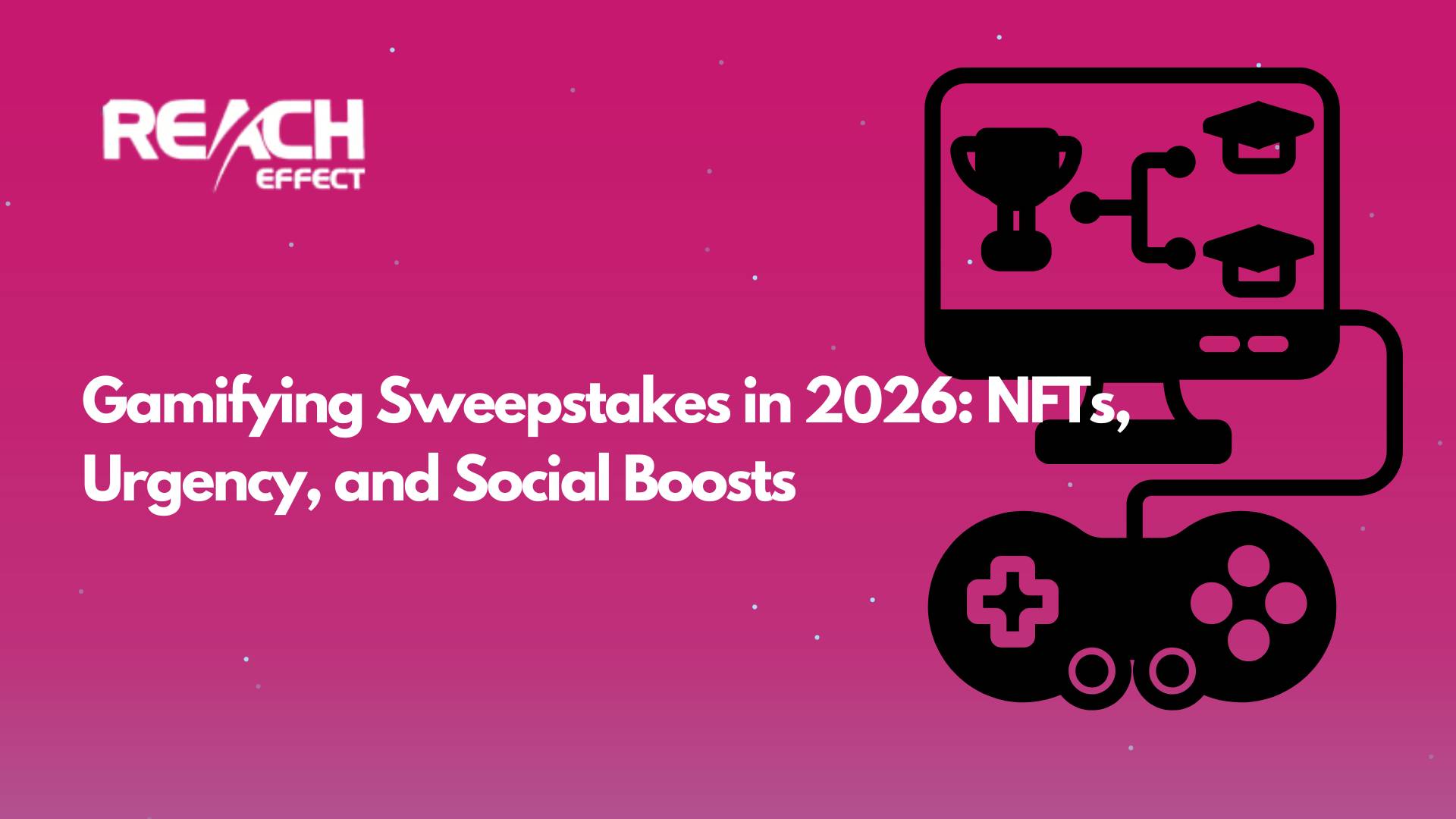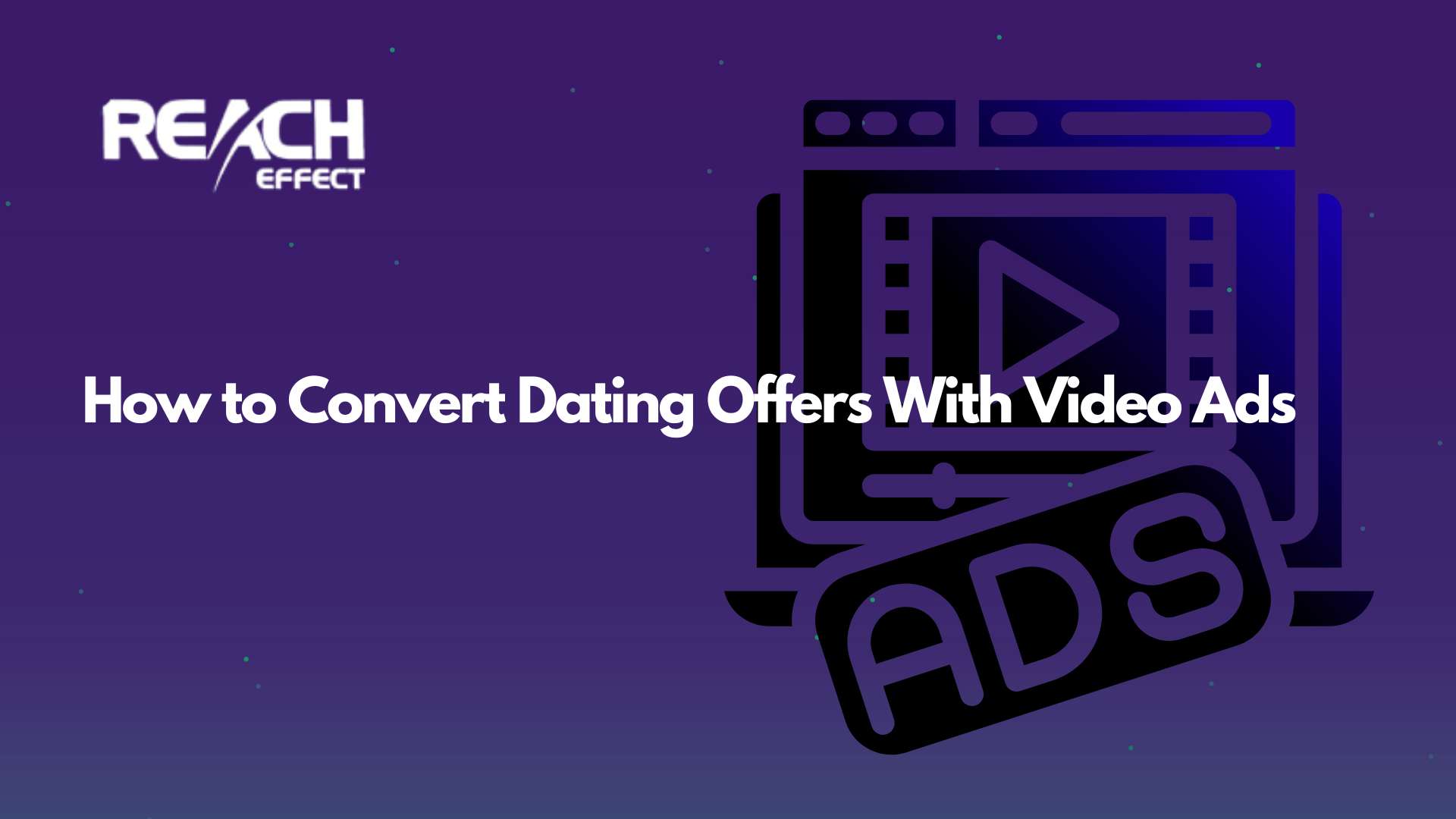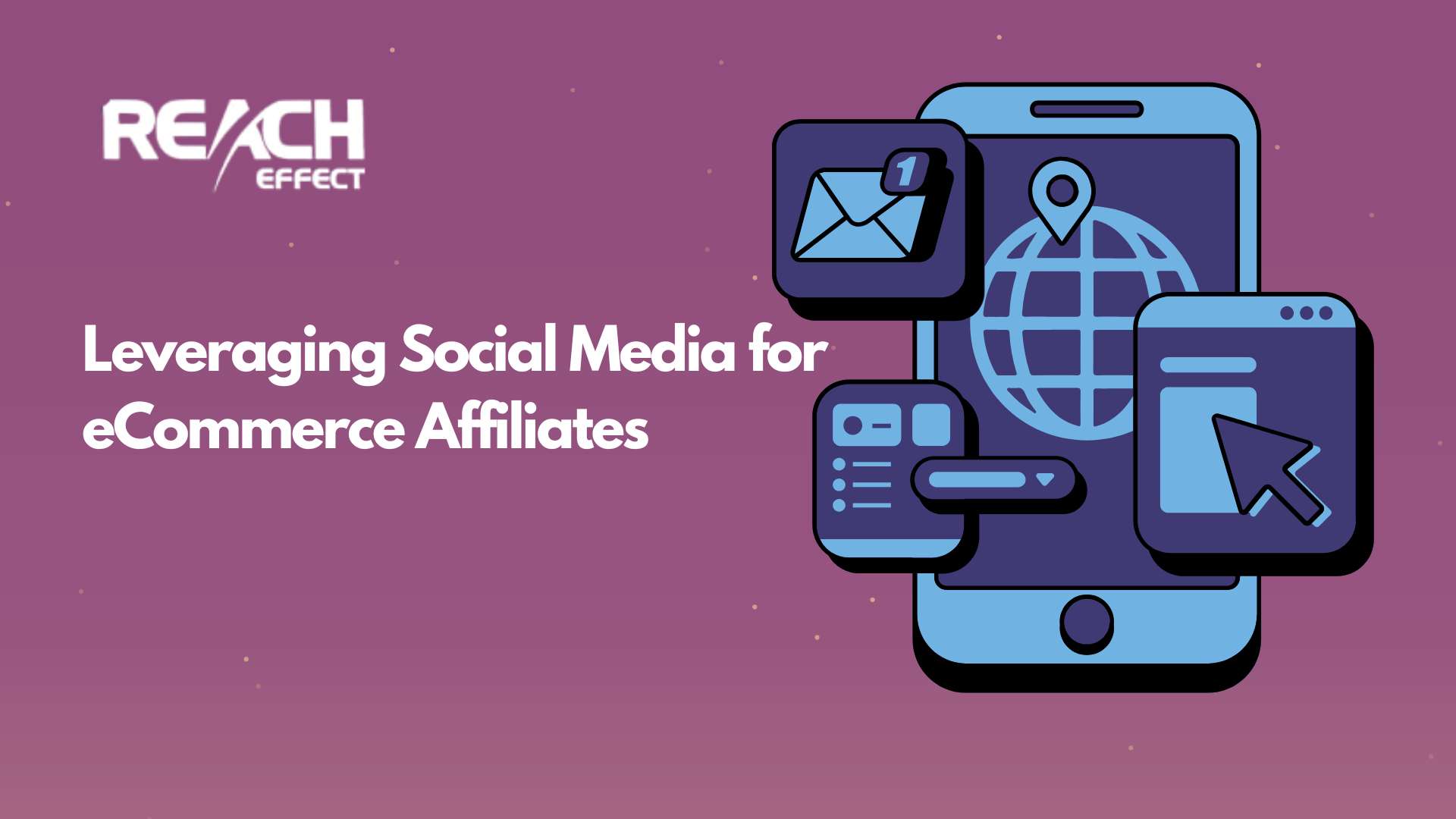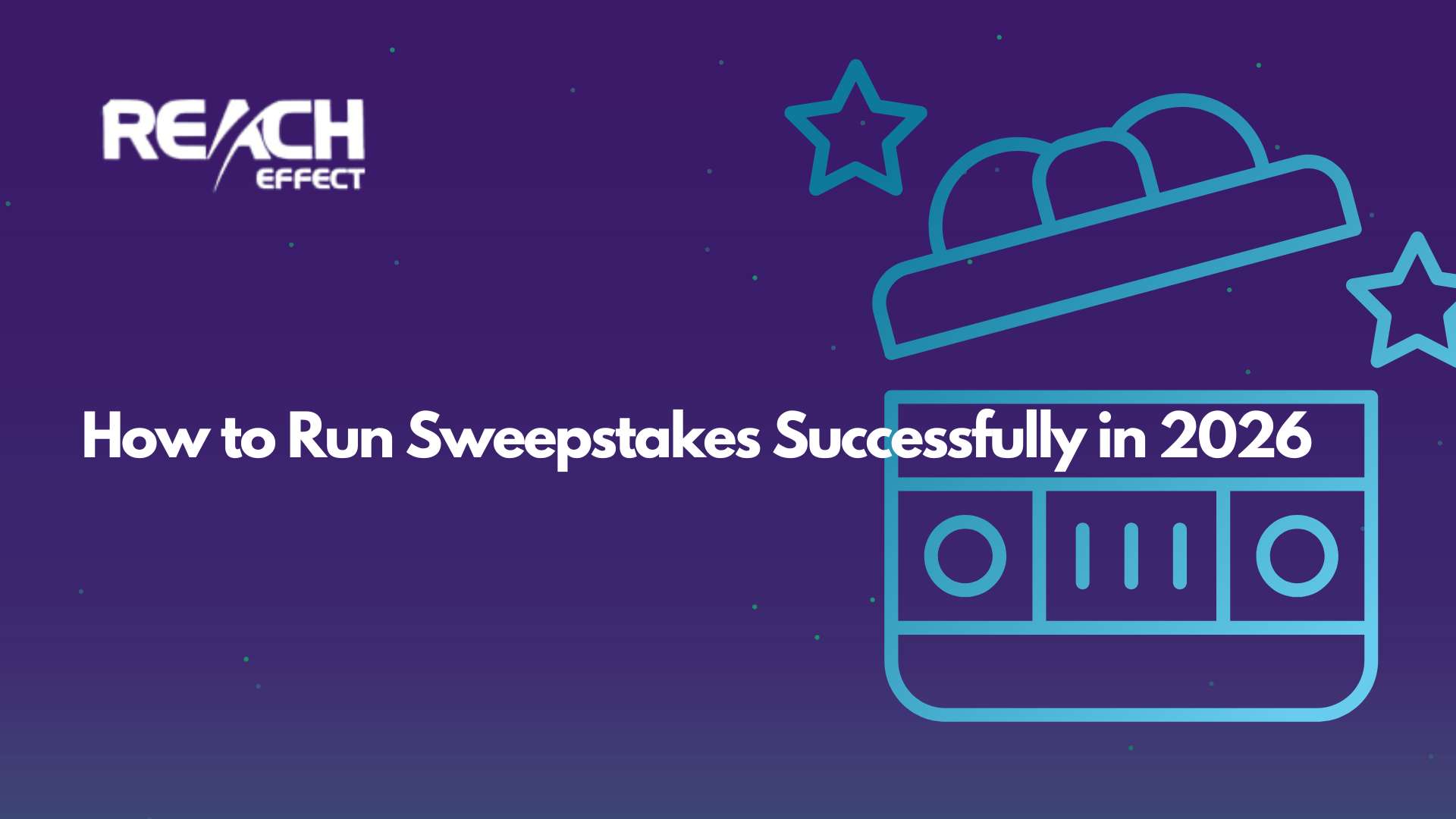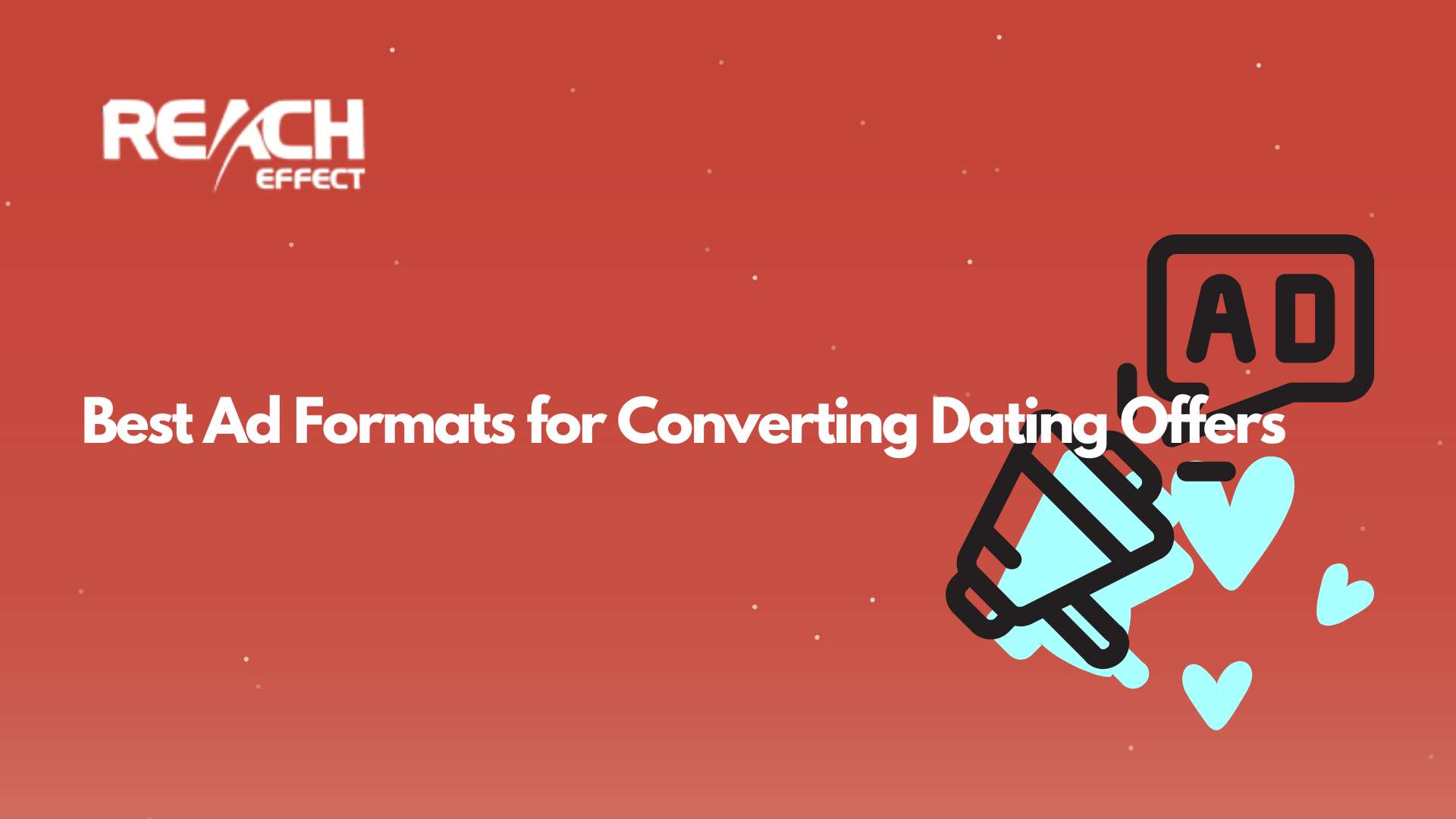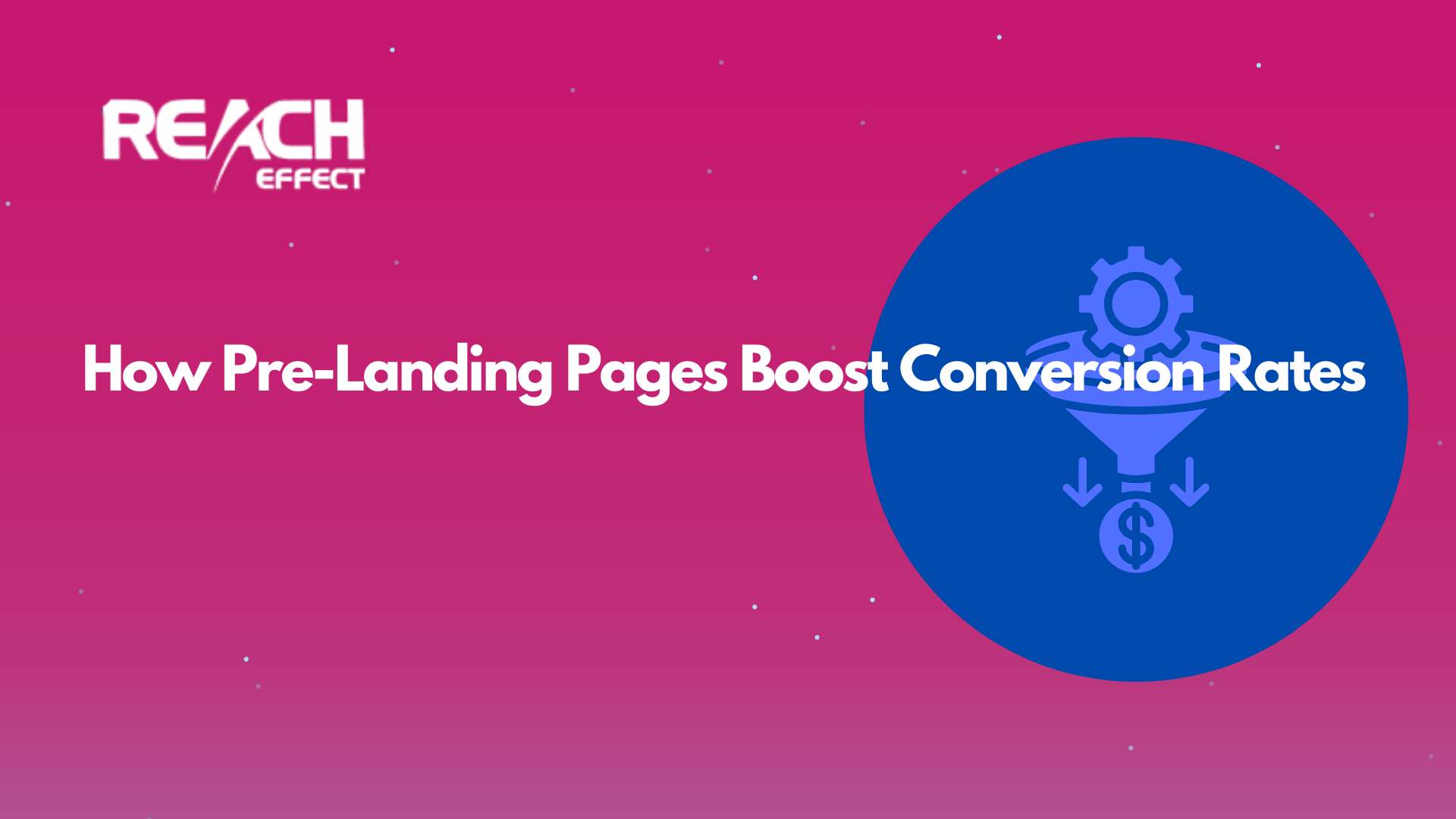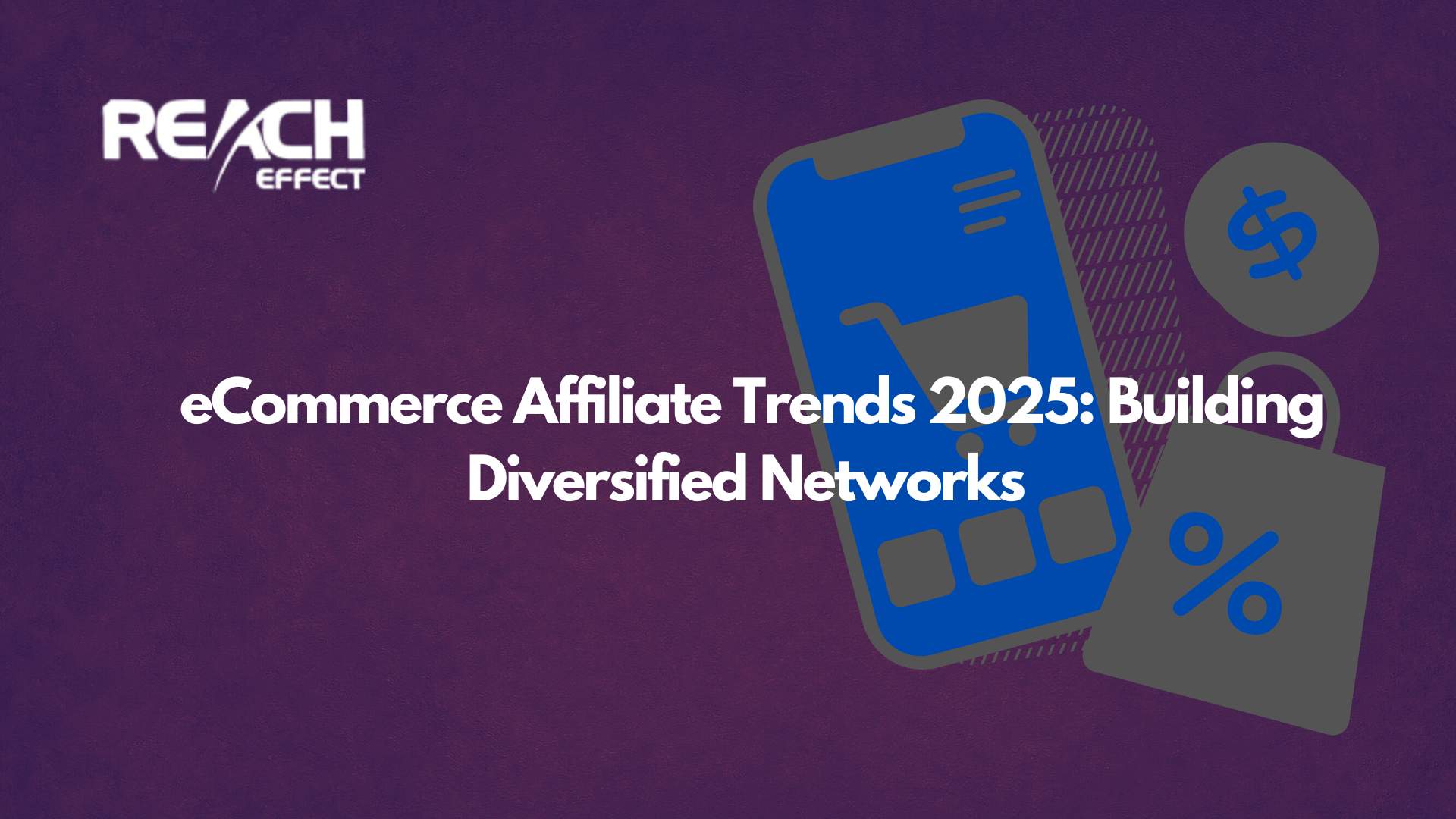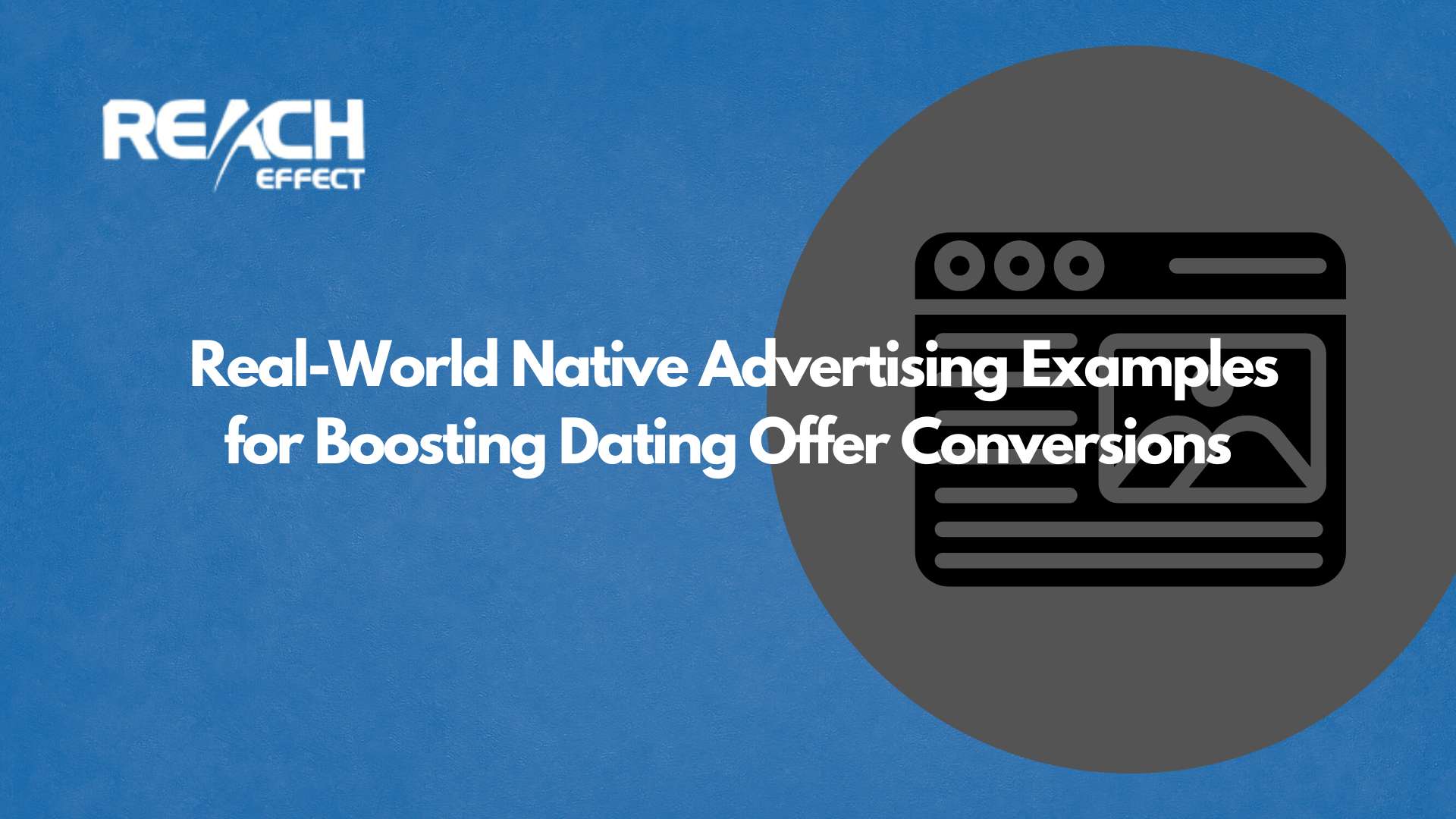Did you know that performance marketing, which includes Pay Per Action (PPA), is experiencing massive growth? The industry is expected to reach almost $90 billion soon. Many businesses struggle with traditional ads, often wasting money on campaigns that don’t convert. PPA marketing offers a better alternative. You only pay when a specific action is taken, such as a sale, lead submission, or app install.
Thank you for reading this post, don't forget to subscribe!This guide will show you how to leverage PPA marketing, optimize campaigns, and increase profits effectively.
Understanding the Fundamentals of Pay Per Action (PPA) Marketing
Pay Per Action (PPA) marketing is a results-driven approach. Unlike traditional advertising where you pay for impressions or clicks, PPA ensures you only pay when a meaningful action is completed. This model minimizes waste and allows businesses to focus on conversions rather than just traffic.
What is Pay Per Action (PPA) Marketing?
Also known as Cost Per Action (CPA), PPA means you only pay when a user takes a specific action. These actions could include:
- A completed purchase
- A form submission
- A free trial signup
- An app installation
PPA marketing involves three main players:
- Advertisers – Businesses that pay for completed actions.
- Publishers/Affiliates – Marketers who drive traffic and earn commissions for successful actions.
- PPA Networks – Platforms that connect advertisers and affiliates, providing tracking and payment solutions. Just like Reacheffect!
This model is popular because it reduces financial risk and offers measurable, trackable results.
Different Types of Actions in PPA Marketing
The success of your PPA campaign depends on the action you choose to pay for. Here are the most common types:
- Pay Per Sale (PPS) – You pay only when a product or service is sold.
- Pay Per Lead (PPL) – You pay when a user provides their contact details, such as an email or phone number.
- Pay Per Install (PPI) – Common in app marketing, where you pay when a user installs your mobile app.
- Pay Per Engagement (PPE) – Used for social media campaigns, where you pay based on interactions (likes, shares, comments).
Choosing the right action depends on your business goals. If you need immediate sales, PPS is ideal. If you’re building an email list, PPL is the better choice.
Building a High-Converting PPA Campaign
A successful PPA campaign requires strategic planning. Follow these steps to maximize your return on investment.
1. Define Your Target Audience and Ideal Customer Profile
Before launching a campaign, identify who your ideal customer is. Consider factors like:
- Demographics – Age, gender, location, income level
- Interests & Behaviors – Buying habits, pain points, browsing history
- Device Preferences – Desktop vs. mobile usage
Use market research tools, customer surveys, and website analytics to create detailed buyer personas.
2. Craft Compelling Offers and Optimized Landing Pages
Your offer should be clear, valuable, and urgent. Whether it’s a discount, free trial, or exclusive content, users must see immediate value in taking action.
Key landing page elements:
- Strong, attention-grabbing headline
- Clear, concise copy focused on benefits
- Eye-catching visuals or videos
- A compelling call-to-action (CTA)
- Mobile-friendly, fast-loading design
A/B test different versions of your landing page to find the best-performing elements.
3. Select the Right PPA Network or Affiliate Program
Not all PPA networks are created equal. Choose a reputable platform that aligns with your industry and business needs. Key factors to consider:
- Commission rates & payment terms
- Affiliate quality & network reputation
- Available tracking and analytics tools
- Support & fraud prevention measures
Popular PPA networks include Reacheffect, CJ Affiliate, and Rakuten Marketing.
Optimizing Your PPA Campaigns for Maximum ROI
Tracking and data analysis are critical to improving campaign performance. Here’s how to optimize your strategy:
1. Implement Robust Tracking and Analytics
Use tracking tools like Google Analytics, Facebook Pixel, or third-party affiliate tracking software to monitor key performance metrics:
- Conversion rate – Percentage of users completing the desired action
- Cost per action (CPA) – Amount spent per completed action
- Return on ad spend (ROAS) – Revenue generated per dollar spent on ads
Understanding these numbers helps refine your approach and increase profitability.
2. Analyze Data and Identify Areas for Improvement
Regularly review campaign performance to spot patterns. Are your landing pages converting? Are certain traffic sources performing better than others?
Common areas to improve:
- High bounce rates – May indicate poor landing page experience
- Low conversion rates – Suggests a weak offer or ineffective targeting
- High CPA costs – May mean the campaign isn’t optimized for budget efficiency
3. Use A/B Testing and Continuous Optimization
Testing is key to long-term success. Optimize your ads, landing pages, and offers by running split tests. Test variables like:
- Different CTA buttons (“Sign Up Now” vs. “Get Started Today”)
- Alternative ad creatives (image vs. video ads)
- Headline variations to improve engagement
Advanced PPA Strategies for Scaling Your Business
Once you have a profitable campaign, it’s time to scale your success.
1. Leverage Retargeting and Remarketing
Retargeting helps convert warm leads who didn’t take action the first time. Show personalized ads to users who visited your site but didn’t complete the action. Use:
- Google Ads retargeting to display banner ads across the web
- Facebook & Instagram retargeting for social media users
- Email retargeting to follow up with leads via automated messages
2. Expand into New Markets and Verticals
Once your campaign is successful, explore new customer segments and regions. Adjust messaging and landing pages for different demographics to maximize reach.
3. Optimize for Mobile and Other Devices
With mobile-first browsing, ensure all landing pages and ads are mobile-optimized. Consider mobile ad formats like push notifications, in-app advertising, and SMS marketing.
Conclusion
PPA marketing is a powerful strategy that minimizes risk and maximizes profits. By focusing on results-driven advertising, businesses can scale efficiently while keeping marketing spend under control.
To succeed with PPA:
- Define your audience and create strong offers
- Choose the right PPA network and track performance
- Optimize campaigns through testing and data analysis
- Use advanced strategies like retargeting and mobile optimization
The key is continuous learning and improvement. Start small, test often, and scale what works. With the right approach, PPA marketing can be a game-changer for your business growth.



